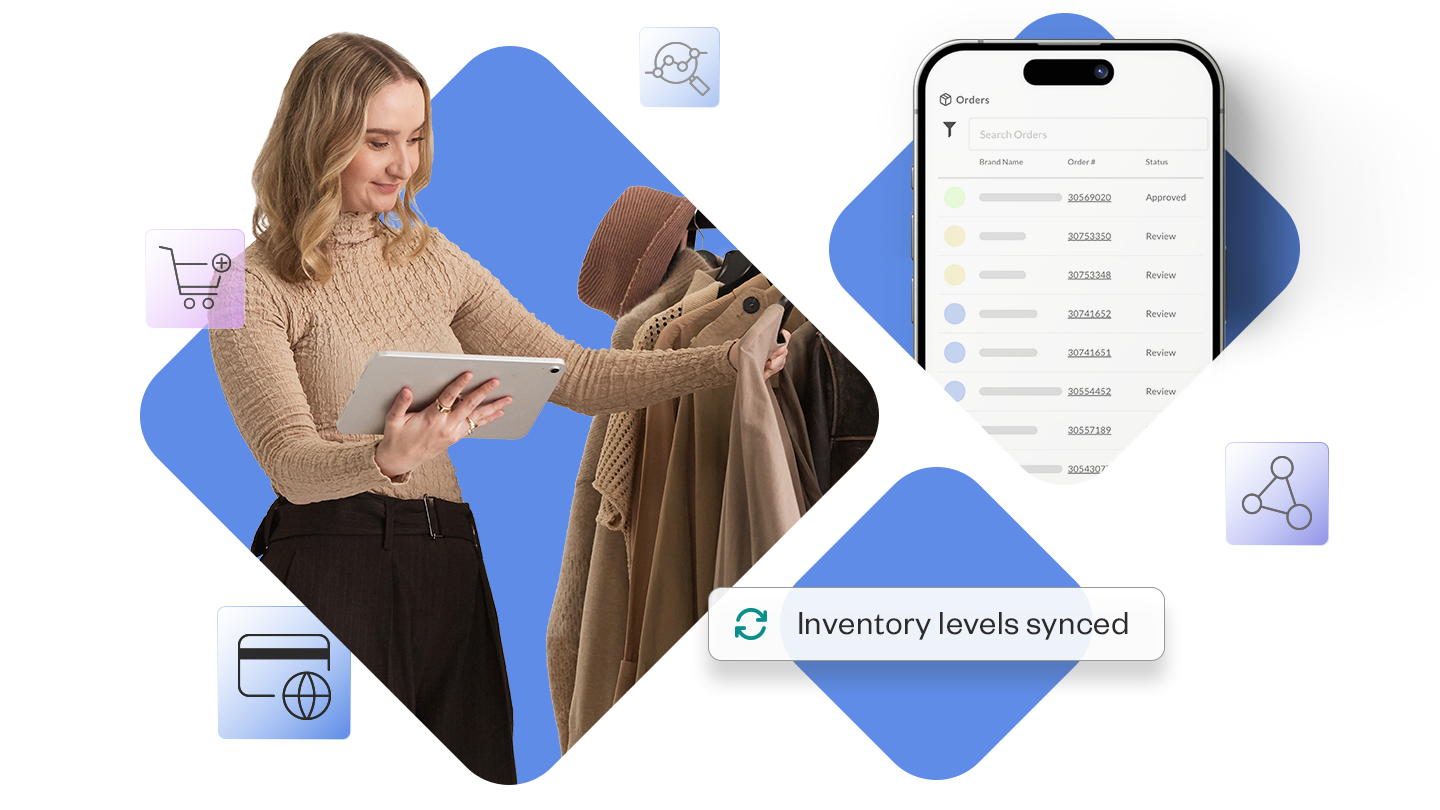The new global playbook: What it really takes to expand across markets
What does it take to build a global brand? Dive into the strategies enabling brands to connect with retailers across borders and scale with less friction.

As global markets evolve, successful brands are recognizing the significant potential within new territories and demonstrating remarkable resilience and a commitment to strategic growth. While facing dynamic challenges like market saturation, economic shifts, and geopolitical complexities, businesses are prioritizing creative ways to secure and enhance their bottom lines by unlocking the opportunities that global expansion offers.
Embracing these opportunities, however, requires careful and deliberate planning, as cross-market expansion is not without its complexities. Brands must navigate operational challenges, where logistics can quickly become expensive and intricate depending on the new market's infrastructure. Moreover, success demands strict adherence to local trade laws and regulations, a compliance process that, while necessary, can be tedious and time-consuming. Beyond legal and operational frameworks, businesses also face strategic challenges in finding the right local retail partners and coordinating assortment planning effectively across a global team.
Using data and tech to expand into new markets with confidence
Will people in a new market accept and enjoy your product? How can you be sure you’re partnering with the right retailers? Will the profit justify the effort? Entering a new region always comes with risk. One way successful brands minimize that risk is by leveraging robust wholesale technology. While some parts of cross-border expansion will always be complex, the right tools can streamline the rest—and significantly improve your chances of success.
For example, a platform like NuORDER by Lightspeed offers real-time assortment planning with teams around the world. One of the toughest parts of a buyer’s job is building the right assortments for their business, and this is especially true if you’re working with retailers overseas. A platform that allows retail teams and brands to collaborate in a live environment helps to minimize errors, avoid duplicate purchases, and stay within budgets—all things that are harder to fix when working with clients in different regions.

This ease of collaboration helps to deepen relationships between brands and retailers, which can lead to more long-term business. Also, with the risks of over buying, infringing on budgets, and other basic errors removed, retailers in other markets can feel more confident doing business with your brand.
Another way successful brands are reducing risks in cross-border expansion is by taking advantage of high-quality data. It’s one thing to set up shop in a new market; staying relevant is a whole other issue. While initial research gets your foot into the market, it’s the data that you collect during operations that will help your brand maintain its presence in that market. For example, reviewing order history can give you specific insights into which products are selling well and which ones are not. With this data, you can make more informed product recommendations to retailers to ensure mutual success.
Data and tech go hand-in-hand. Some wholesale platforms offer built-in reporting functions that allow you to collect and analyze data in order to track real business performance. Using data to offer personalized product recommendations can be an effective method of attracting retailers in a new market.
Practical strategies for entering new markets
Entering a new market takes effort. Marketing and other strategies that work in your own region will likely not translate across borders. However, taking the time to do some research on the market, and developing a plan of action tailored to that market can yield big results. Here are a few practical tips for entering a new market:
Research the local market
Not all markets are a good fit for every brand, which is why preliminary research is key before entering new markets. Consider local consumers’ tastes, preferences, spending power, and typical day-to-day activities to determine if your products will be well received in that market. These things vary widely between geographic locations, so your product might need to be tailored in some way to suit consumers in the market you’re eyeing.
Find the right retailers
Seek out retailers in the market that align with your brand values. This starts with knowing your target customers well. Is your brand a luxury brand targeting higher income brackets? Are you or your target customers concerned about sustainability and eco-friendly practices? Choosing retailers that uphold your brand values ensures that your product is being marketed to the right customers. Maintaining strong values and working with retailers who align with them is also a great way to attract loyal customers in that local market, which in turn results in repeat purchases and long-term business.
Choose the best wholesale platform for your needs
A robust wholesale ecommerce platform allows buyers and sellers to collaborate efficiently from anywhere in the world. And it’s no secret that the right tool can completely transform the buying and selling process. For example, global brands like Arc’teryx use NuORDER by Lightspeed to centralize data, streamline workflows, and spend more time on what really matters: stronger customer service and smarter selling.
This is especially true when working with international clients. With capabilities like 24/7 online ordering, built-in reporting tools, real-time assortment planning, and centralized order management, working with retailers in international markets has never been easier.
Going global isn’t without its challenges, but it’s more accessible than ever. With technology streamlining the core parts of the wholesale process, brands can connect with retailers across borders and scale with far less friction. With solid research, smart planning, and the right tools behind them, any brand can build a sustainable path to global growth.
Related articles
Get on the list
Wholesale tips and industry news you can’t miss, delivered weekly
